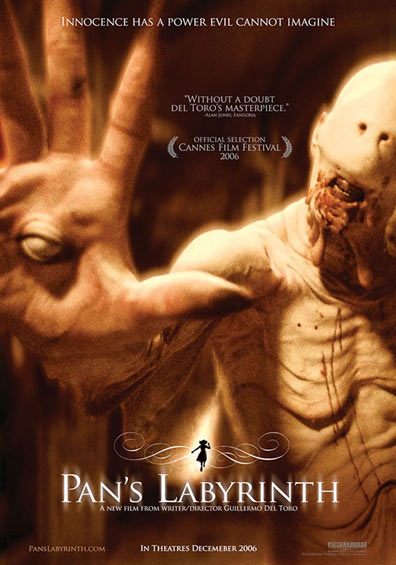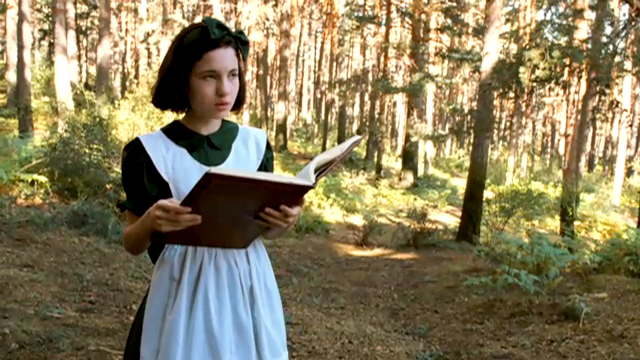
Statistics and interview and evidence, oh my (this is a play on the Wizard of Oz when the main characters say "Lions and tigers and bears, oh my" in case you didn't get it). When putting together a legitimate argument with as few flaws as possible, one has to think about a laundry list of things before they even begin to gather information. What's the demographic of the audience, what evidence would appeal to them, which type of evidence would have flaws, what tone should one take, etc! It's enough to make one dizzy. Chapter 16 of Everything's an Argument drives home the fact that there are many different types of evidence that can be used to validate an argument but the type of evidence relies heavily on the kind of argument being made and the audience the argument is being presented to (Lunsford et. al 2009).

No matter what type of evidence is being analyzed in Chapter 16 of Everything's an Argument, the main point is clear: think of your audience and the point you want to make before you decide how to present evidence support your argument. Your personal observations wouldn't be valid if you're trying to make an argument about how an organization you are not a part of supports its members and gives them a stronger sense of self. Conducting interviews with the members of the organization would be a much better way to convince the audience of the argument. You may be able to gather every different type of evidence but many of those types could actually detract from your argument. For instance, I have a project to do in my linguistics class. We got to pick any topic we wanted that related to language. I chose to compare the handshapes of French Sign Language (FSL) to American Sign Language (ASL)because I knew ASL originated from FSL and I wanted to see if the languages had separated themselves in drastic ways. In order to make a case for my argument, I had to conduct interviews with people that used FSL fluently, watch movies, and analyze FSL dictionaries to gather in depth data on the language. I could make a graph showing how many signs use the different handshapes. It slightly relates to my topic but it doesn't connect enough for me to use it as evidence. Using might even turn my readers off of my paper because it's so random to bring up.
This is an fingerspelled F in FSL:

For my academic writing, the part of chapter 16 in Everything's an Argument that is most important to me is the part about secondhand evidence and research. So many of the papers I write, PowerPoint's I create and presentations I have involve gathering information from other sources. Lunsford and company provide many different ways for us to gather our secondhand information. Sometimes you can't conduct interviews with people that know what you need to know and many times being able to freely gather random information is what helps hone in on a single argument for a well thought out paper.







